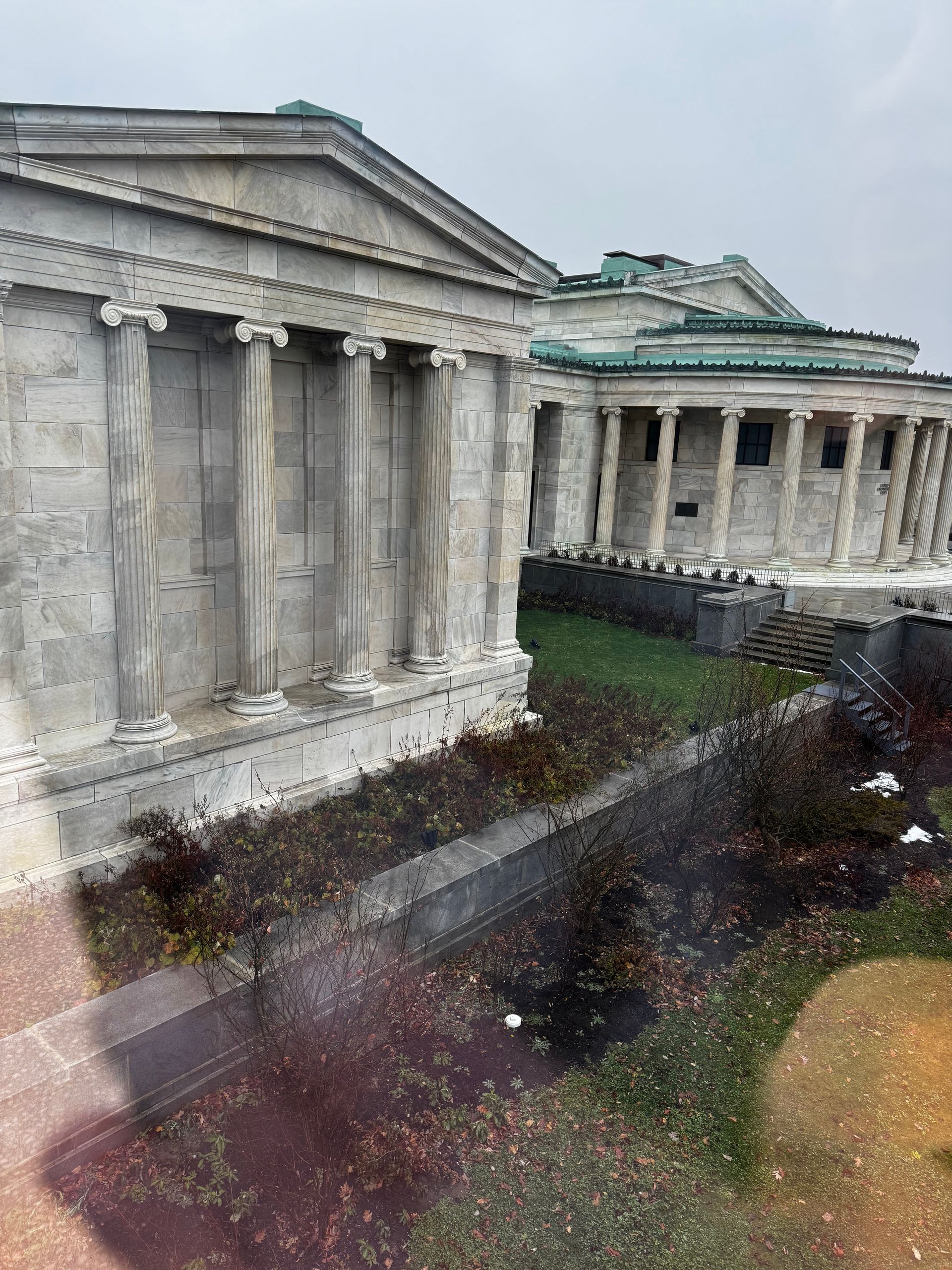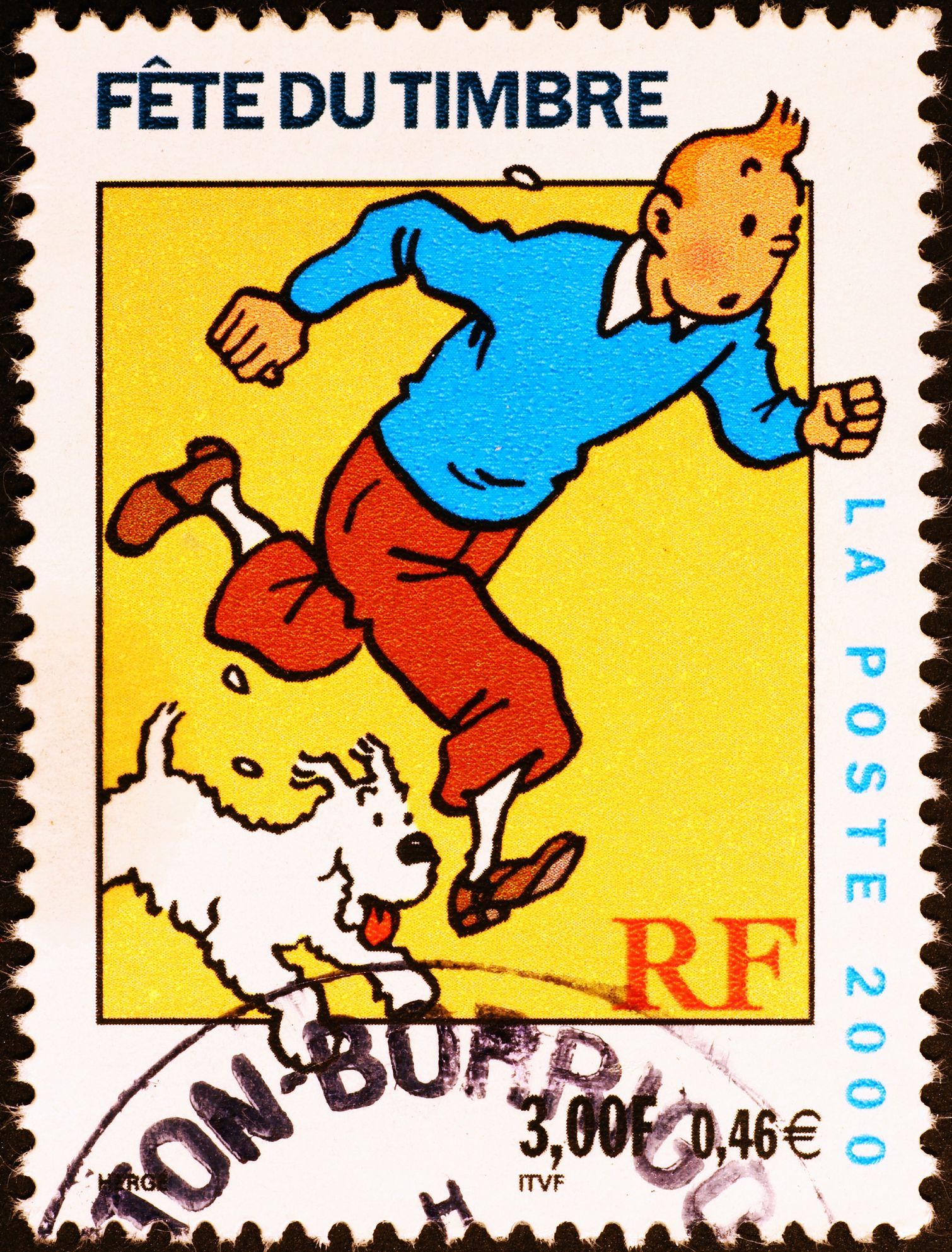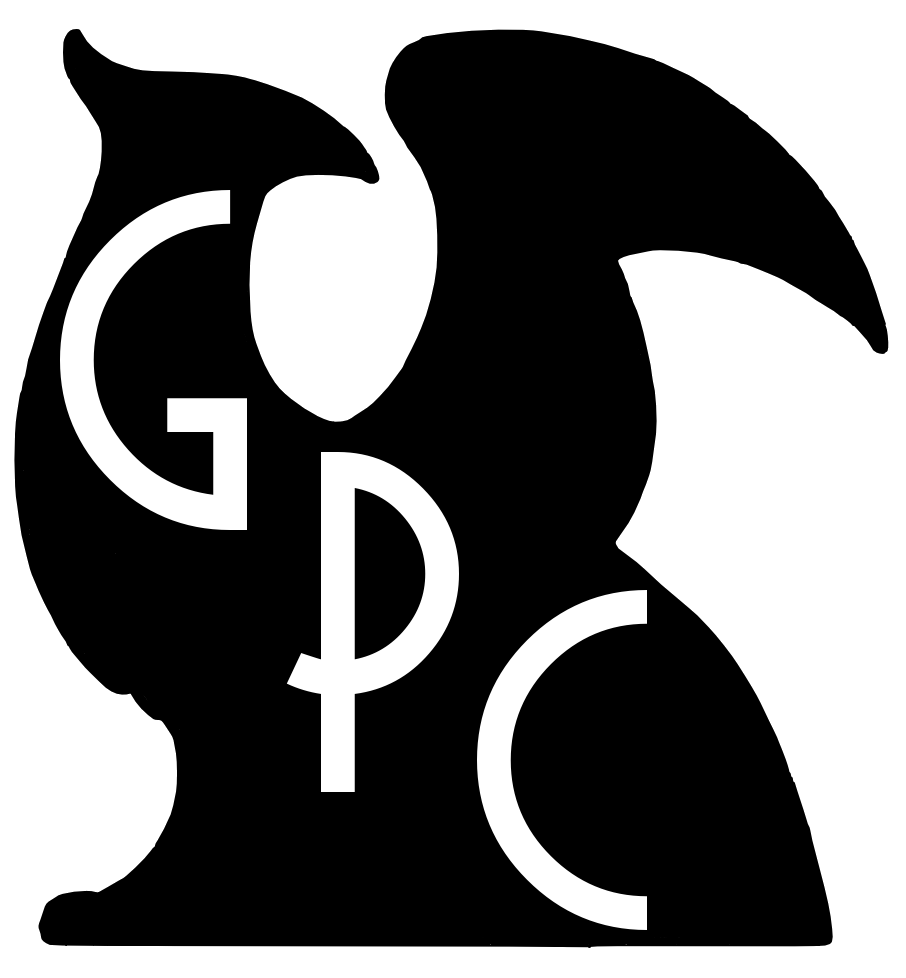New Paragraph
Just What is Fair Use?
Sometimes, when you’re writing a book, you find just the right quote, passage, or photo that you want to use that will bring that something special to your work that you felt you were missing.
But seeking permission to reuse that material might seem an onerous task, or a waste of time. Should you just rely on Fair Use and continue with that third-party material? What steps can you take to protect yourself from infringement?
As you already may know, U.S. Copyright law exists to help promote creativity and innovation by providing a framework for protecting a creator's interest in (and all benefits from) their work. It is a
creator's sole right to sell, distribute, or create derivatives of their work. Infringement occurs when another party uses, reprints, or adapts another person's work as their own without first obtaining proper permission.
Fair Use is a “statutory framework” in copyright law. It promotes freedom of expression by allowing for re-use of materials
without permission under certain circumstances like news reporting, criticism, teaching, scholarship and research. The Fair Use doctrine requires the evaluation of four factors in determining whether a particular usage is "fair" or not. These factors are:
- The Purpose and Character of the Use: The main consideration here is whether the use of the existing material is commercial or for education, as well as whether the new work is transformative. This factor is usually weighed along with the other factors below.
- The Nature of the Copyrighted Work: Think of this as how the new work relates to the original. Here, a more creative work is less likely to enjoy protection under fair use than using a factual item. Further, using an unpublished work is less likely to be considered "fair."
- Amount and Substantiality of the Portion Used in Relation to the Whole: Here, courts consider the literal amount of the work taken as well as whether the "heart" or the main point of a copyrighted work was taken by the new work.
- Effect of the Use on the Potential Market or Value of the Original: So, whether the new work might "take away" sales or perceived value from the original work now or in the future.
Unfortunately, there have not been any bright-line rules that you can apply to Fair Use in terms of number of words or the amount of a work (cropping, alteration, etc.) you can use without permission. Fair Use also becomes particularly difficult to decide when the original work is a song or a poem. This is because songs and poems are more creative and much smaller compositions. The “heart” or essential meaning of these creative works carry more weight that means, if they are borrowed without permission, could be considered an infringement.
So, what does all of this mean for the work you’re creating with third-party content?
You can certainly consider Fair Use when creating your new work, but remember that Fair Use provides a guideline for a
judge to decide whether or not your work infringed on an original. It is not an
excuse for you to use content without permission, but it is an “affirmative defense” in an infringement suit.
Although all four factors are considered together, the first and fourth factors tend to be weighed more heavily. Each judge will also use previously-decided cases to inform their ruling. It’s that fourth factor that comes into play if your work is meant to be sold for a profit (and of course, many of us are interested in profiting from our work), and your work might also compete against the original work in some way.
All of this said, the U.S. Copyright Office has created a Fair Use Index which aims to provide a convenient way to review case law and help courts (and the public in general) understand the current thoughts on reuse of material under the Fair Use doctrine.
In the end, Fair Use is a personal assessment of risk. Considering the penalties for infringement can result in damages that range from $200 to $150,000 per instance, your best practice may be to either seek permission for the material or find a suitable replacement. Have questions?
Book a Fair Use Content Review for your project here.
For more information on Fair Use, review the U.S. Copyright Office’s Fair Use Index or
check out this article from the Association of Research Libraries.
Looking for more information?
© 2014 - 2025 Gryphon Publishing Consulting, LLC All Rights Reserved.
Site Designed & Hosted with SimplicityDMS.com



